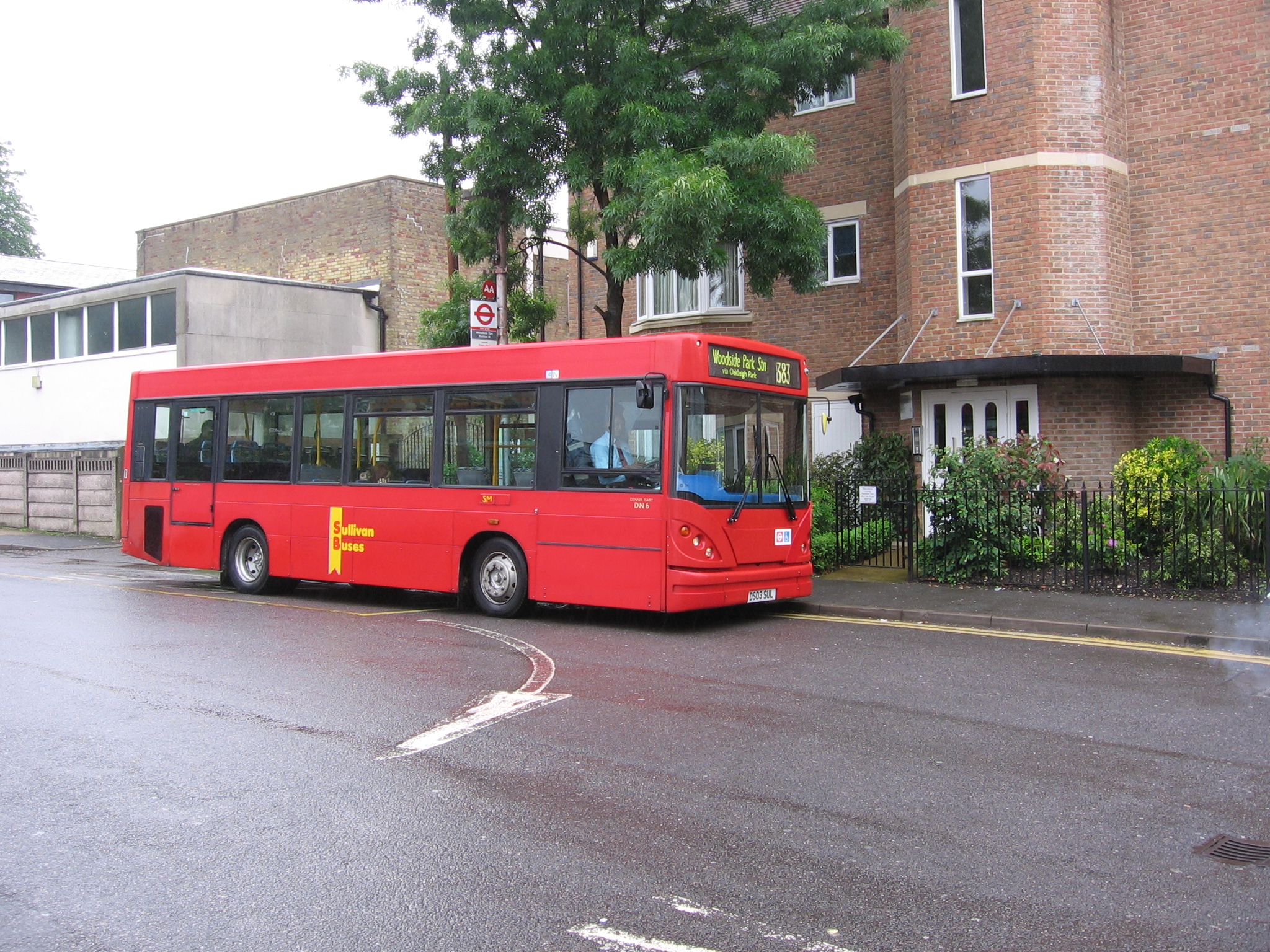
Bus and coach can provide an important service when passenger demands are not sufficient to support the fixed infrastructure of rail based transport modes.
Bus type services can cover a wide range of passenger levels. From the equivalent of a minibus, through local bus services with single and double deck vehicles, to coach services. In turn these vehicles can operate routes on demand with dynamic stop patterns, fixed routes with frequent stops, or longer distance services with few stopping points.
With these characteristics it is often the case that a bus or coach service might offer equivalent service levels to a rail solution. Key differences come in the upper volumes of passengers that can be delivered, and the expose to congestion on road networks for bus and coach vehicles.
Diesel remains a majority fuel for UK bus and coach services, though diesel engine emissions are becoming better controlled, and options around alternative fuels such as compressed gas, and either fully electric or hybrid drive vehicles are becoming more common. These fuel sources may affect considerations around the decarbonisation agenda.
Unassisted accessibility of vehicles varies significantly by vehicle type. Urban buses can be constructed and fitted with equipment such as ramps that, in conjunction with appropriate stop design, can allow straightforward access, and in many UK towns and cities these vehicles will be a common sight. With older vehicles accessibility can be more difficult and where vehicles need to stop at places without appropriately level stop or footway areas. Other vehicle types such as minibuses or coaches can be equipped with boarding devices but these will often require the assistance of staff, and may impact on stop dwell times, and this may need to be considered in service planning.